Carpet Fibers
Nylon
Being one of the most common choices of carpet for stairs, nylon is known for its durability. It has the ability to withstand the test of time, and doesn’t take much damage with the constant “foot traffic”. Moreover, it is stain-resistant and easy to clean, making it a good choice for households with children and pets. Another advantage of nylon is that cleaning it with steam somehow restores its original texture.
The downside of nylon is that it's relatively costly, but not so much more than the other options. You can buy nylon carpet for $2.5 to $7.5 per square foot on average. Moreover, nylon is not weather-proof —it absorbs the cold during winter and the heat during summer. Also, if you’re not a fan of static electricity, nylon is not going to sit well with you.
Polyester
Environmentalists can find an eco-friendly alternative to polyester. Besides being easy on the environment, it’s also easier on the wallet both to buy and install _ polyester costs two to four dollars per square foot. Similar to nylon, polyester is also stain-resistant — although you might want to keep it away from oil-based products as they’re tougher to remove. You’ll also find that it’s softer than nylon, and doesn’t shock your hair off. In addition, polyester can take dye in rather well, making it available in a wide range of colors. However, it is not as durable, so you may want to think twice about this fabric if the stairs are in constant use.
Wool
If the durability of both color and texture is important to you, you could consider going for wool. It is also resistant against most spills — just don’t carry any extra-greasy foods while going up and down the stairs. The soft and hypoallergenic properties of wool make it ideal if you have the habit of going barefoot in your house.
The most common reservation around wool carpets is that it might be a little tough on your wallet, costing up to $20 per square foot. It actually towers over most other fabrics in cost. Another turn-off is that it is not immune to pests and mildew.
Olefin
If your house is under the constant threat of stains with children constantly spilling food and drinks everywhere, consider looking into olefin. Anything that is spilled on olefin just rolls off, making it very easy to clean. Olefin will also do just fine if you’re on a budget, coming in at one to 6 dollars per square foot.
Unlike nylon and wool, however, olefin is actually prone to damage — avoid it if your staircase is an especially busy place. Moreover, olefin may not suit a color-specific interior design as it doesn’t boast a variety like that of polyester.
Carpet Texture
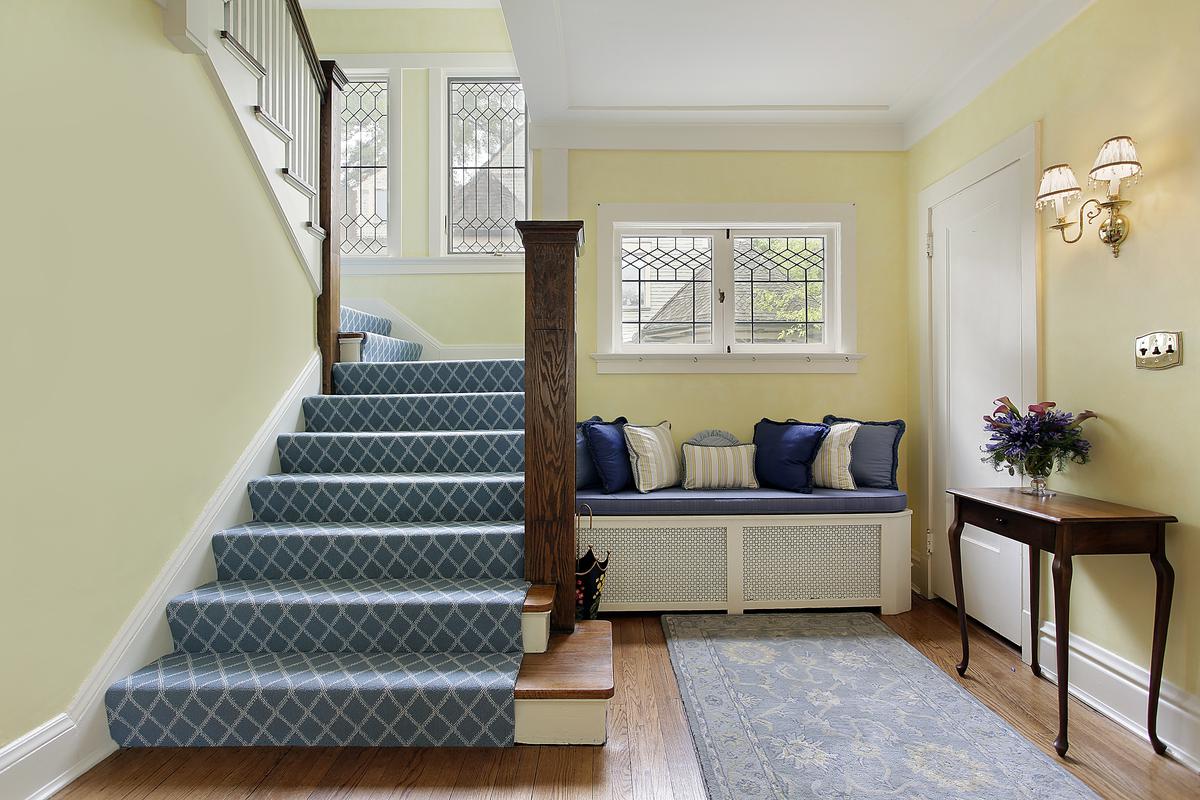


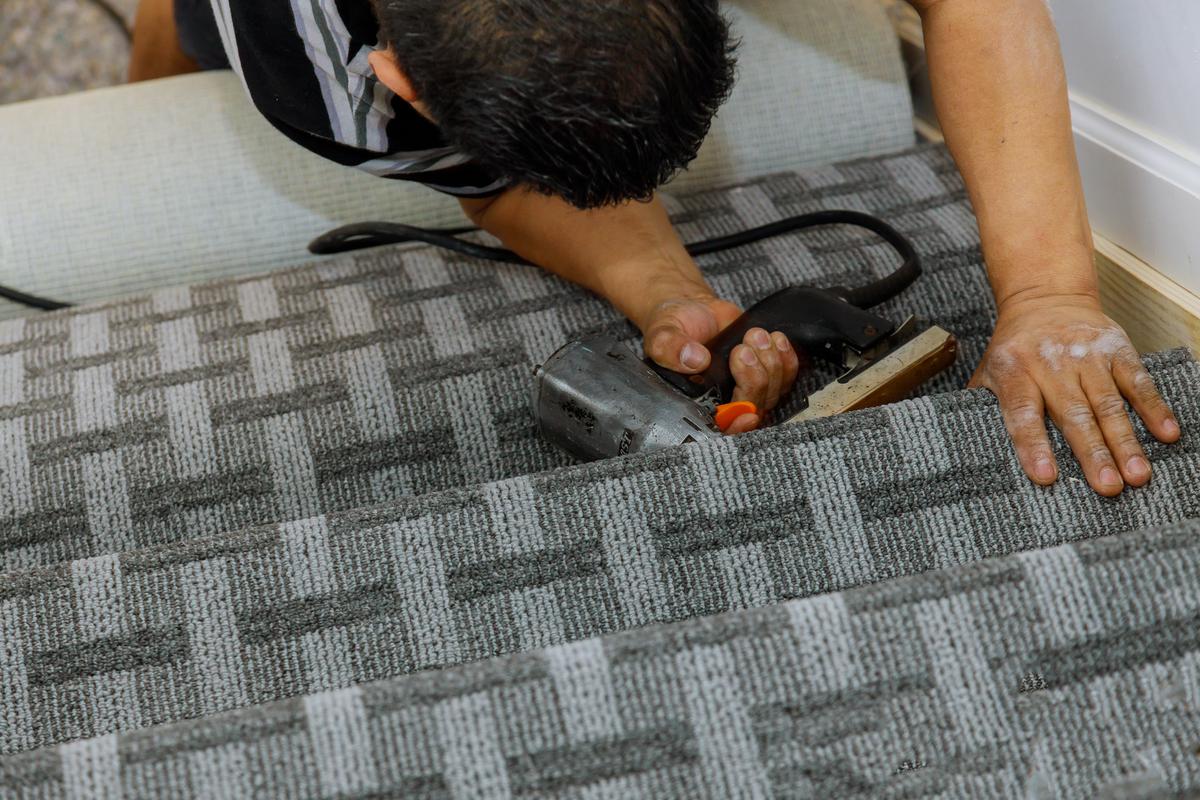
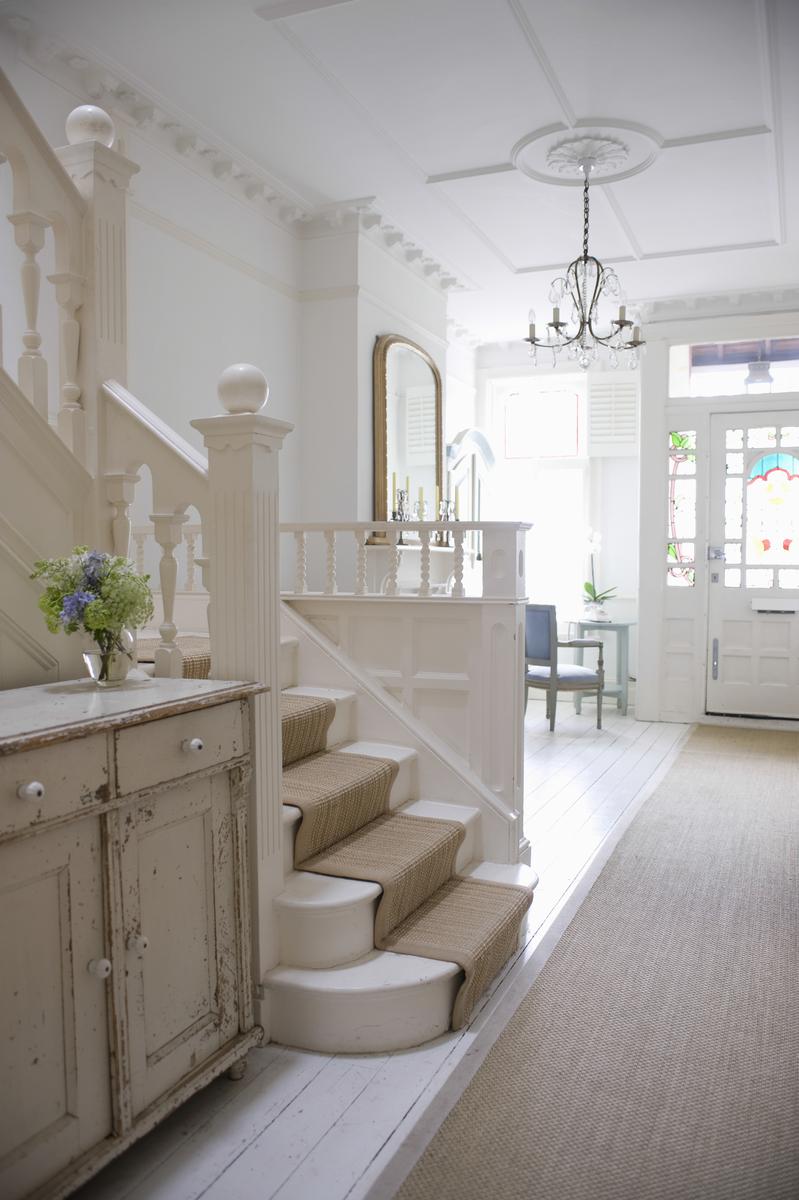
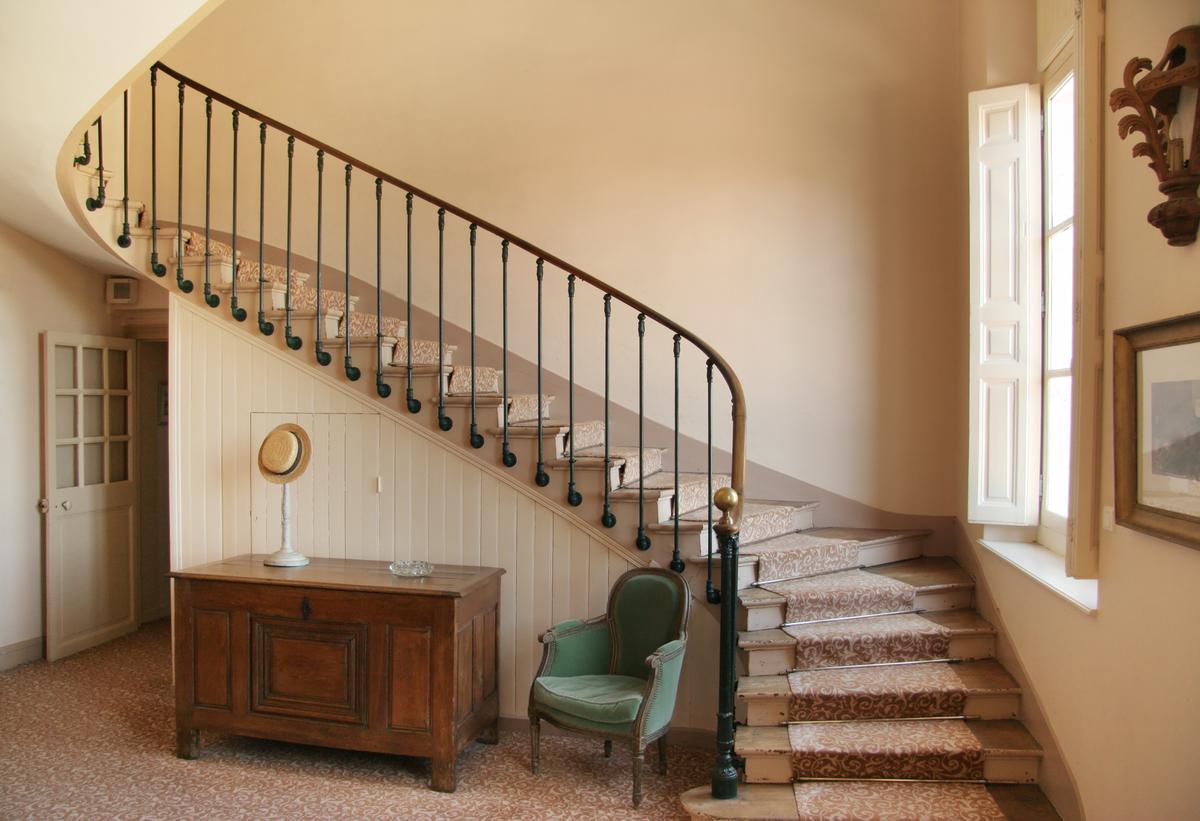

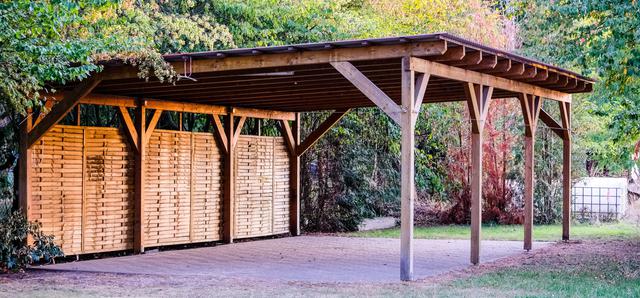
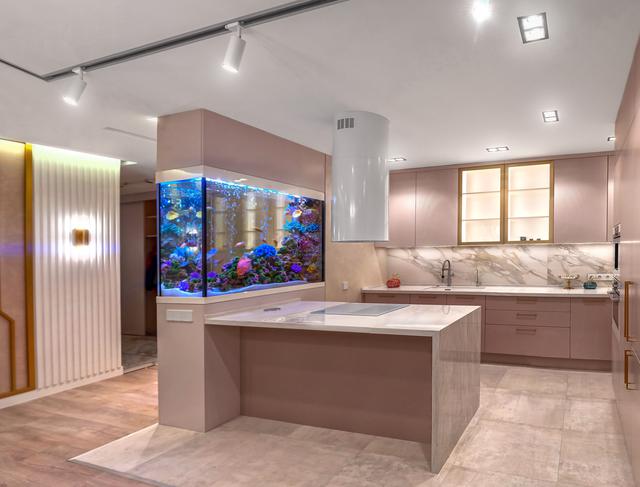
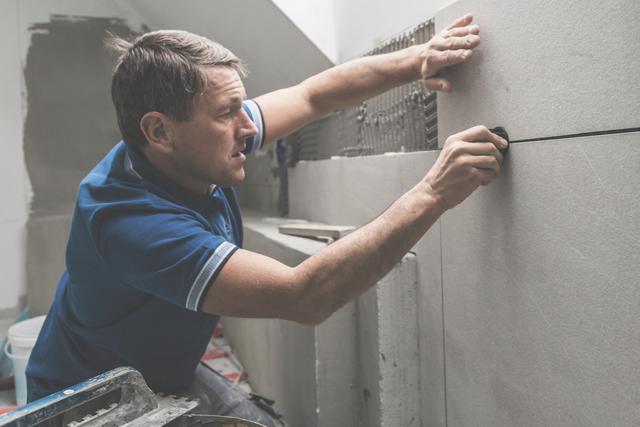
comments